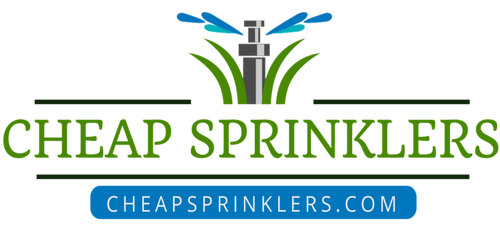Happy Earth Week! If you've been following along, you're aware that I jumped the gun a bit this year by starting my cold crops earlier than usual, banking on a predicted warm spring. Turns out, it was a good call with Georgia's spring temperatures now soaring past the 80s. However, with the increased rainfall and high temperatures, pest pressure has skyrocketed, putting my brassicas at risk. So, let's continue our coverage of sustainable garden practices and dive into the intricate relationship between pests and irrigation, and how it affects our garden's health and productivity.
In the intricate dance of gardening, irrigation plays a vital role in nurturing healthy plants, but it can also inadvertently attract pests. Understanding the relationship between irrigation and pest management is essential for maintaining a thriving garden ecosystem. By implementing strategic irrigation practices and integrating pest control measures, gardeners can strike a balance that promotes plant health while minimizing pest damage.
One common way irrigation can contribute to pest problems is by creating moist conditions that attract pests like slugs, snails, and certain insects. Overly wet soil can also encourage fungal diseases, further exacerbating pest issues. To mitigate these risks, consider adopting drip irrigation or soaker hoses that deliver water directly to the plant roots while minimizing moisture on the soil surface. Additionally, water in the morning to allow foliage to dry before evening, reducing the risk of fungal infections.
Incorporating pest management techniques alongside irrigation practices is crucial for preventing pest infestations and minimizing damage to plants. Implement cultural practices such as crop rotation, companion planting, and sanitation to disrupt pest life cycles and create an inhospitable environment for pests. Monitor plants regularly for signs of pest activity, such as chewed leaves or wilting, and take prompt action to address any issues. Sustainable pest control methods include handpicking pests, the use of netting, applying organic methods like neem oil or insecticidal soap, or introducing beneficial insects that prey on pest populations. Users of neem oil should be careful in application, as neem oil is harmful when applied to beneficial pollinators. Avoid use of neem oil on open flowers that may attract friendly pollinators.
By integrating strategic irrigation practices with proactive pest management strategies, gardeners can maintain a healthy and productive garden while minimizing the risk of pest damage. With careful attention to soil moisture levels, irrigation timing, and pest monitoring, you can create an environment that fosters plant health and resilience, allowing your garden to flourish throughout the growing season.



